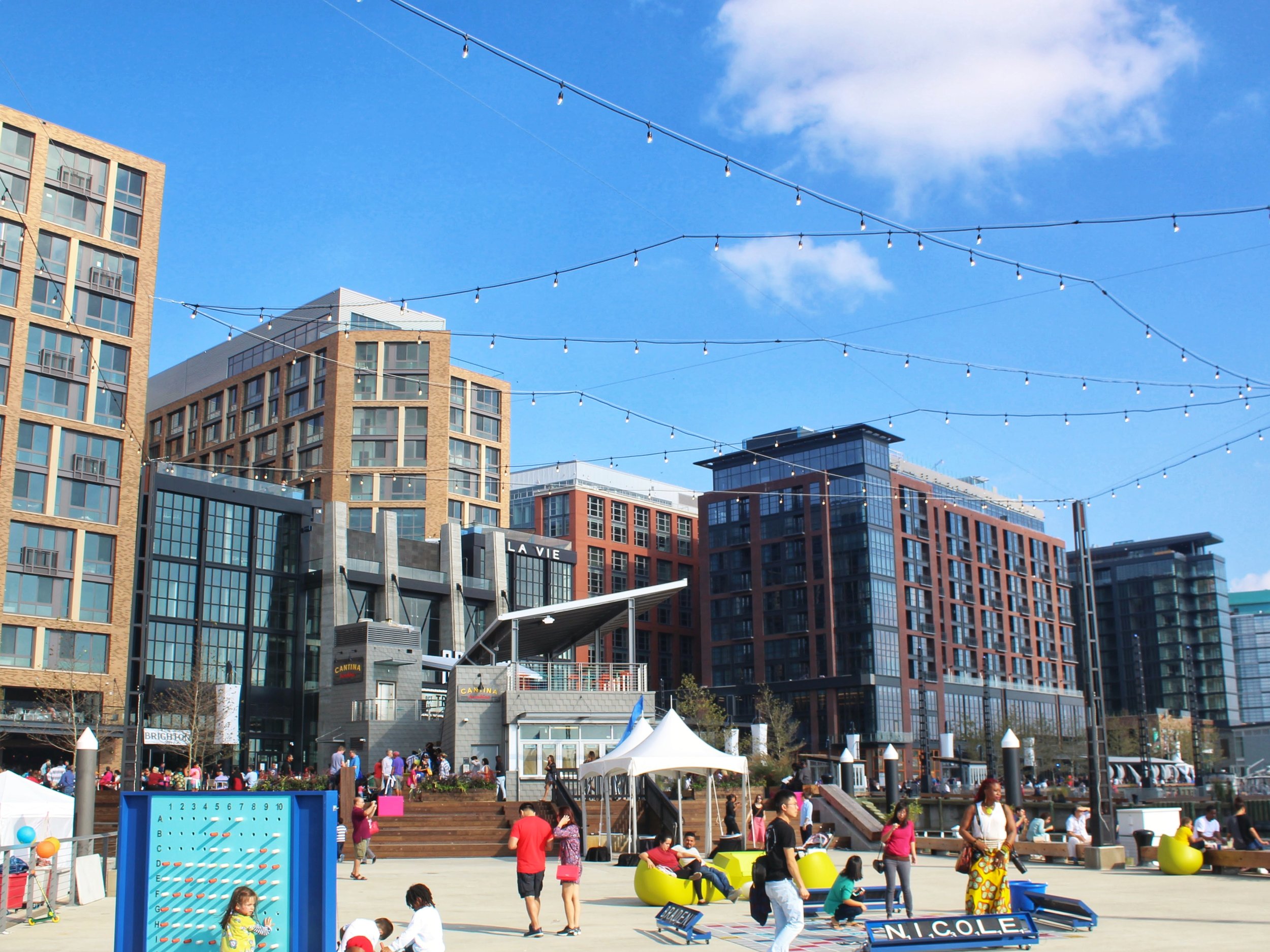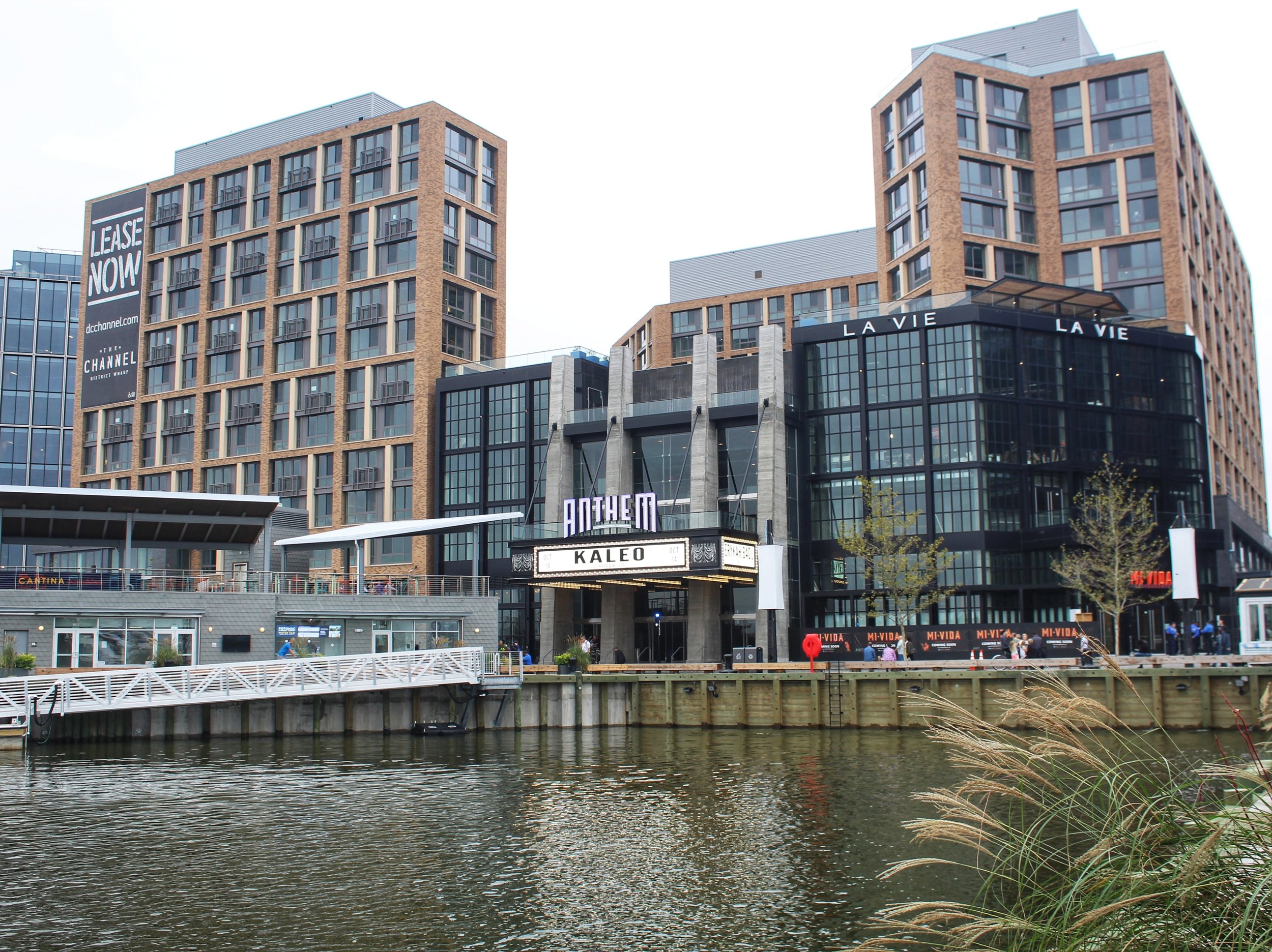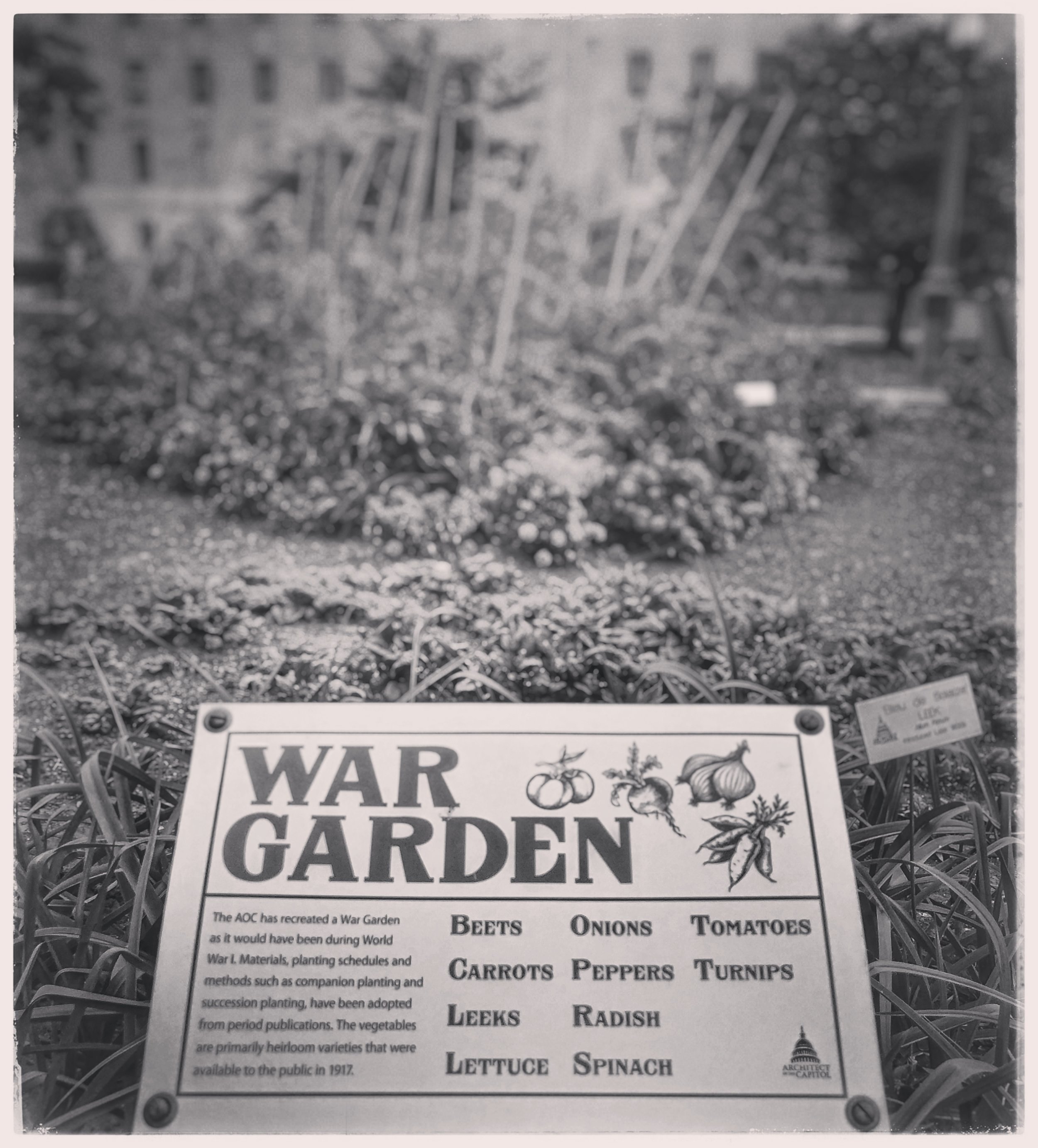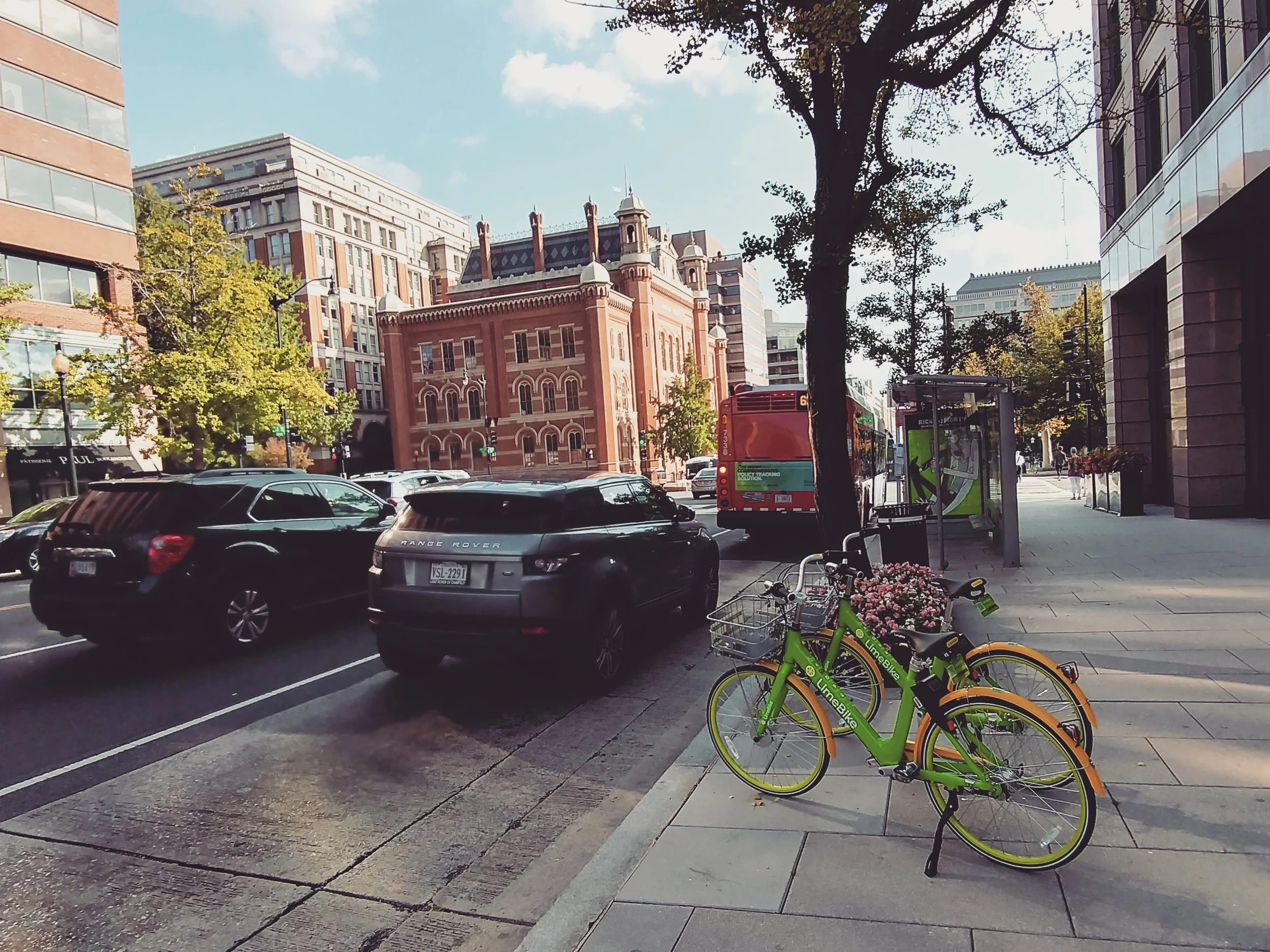It's 34 degrees in Washington, DC tonight, with a "feels like" temperature of 26. Still, there is a line of volunteers waiting to read some the 58,318 names engraved on the Vietnam Veterans Memorial wall. Each and every name will be read aloud over a four day period, coinciding with Veterans Day weekend. This year also marks the 35th anniversary of the Wall.
District Wharf: DC's Newest Entertainment District
The Maine Avenue Fish Market has been operating in some form since 1805. That makes it the longest continually operating open air fish market in the United States. For 200 years, this waterfront market in DC's Southwest quadrant has been a main feature of Washington Channel, just off of the Potomac River. The fish market was one of the defining river features for 19th century Washington along with Washington Navy Yard on the Anacostia, and the port at Georgetown on the Potomac.
The municipal market has seen plenty of changes over the years, but the latest change is the most significant. The market's surrounding area is being transformed into Washington, DC's newest entertainment district, aptly called "The District Wharf."
Existing vendors at the Maine Avenue Market will remain and will be joined by a few new businesses.
The Wharf is a mixed-use development with commercial, residential, and industrial uses, with some open/public space. It consists largely of new construction, but incorporates existing structures including the Maine Avenue market. New office buildings and residential towers abut a pedestrian promenade and the Washington Channel with slips for hundreds of boats. Phase I of the project opened in October 2017.
Some highlights for visitors to DC include a 6,000 capacity music venue, a dock for water taxis to Georgetown and Alexandria, several hotels, waterfront restaurants from casual to fine, a public fire pit, walkable piers into the Washington Channel, shops (clothing, books, furniture, more), and water sporting activities such as kayaking. The area is sure to adapt and evolve over time, but the mix of a historic base and new mixed-use density instantly make The Wharf a great option for visitors and are residents alike.
Ask about adding a stop at the Wharf as part of our day-long, private Discover DC van tours. If your DC accommodations are at the Wharf we're also happy to start a walking or van tour direct from your hotel. We'll come to you. Call to learn more 202-681-0046.
The District Wharf development features a mix of entertainment venues, restaurants, retail shops, office space, apartments, and food markets.
Seating for diners located between the pedestrian walkway and Washington Channel.
Life-sized board games at the water taxi landing.
Anthem is a 6,000 capacity music venue from the owners of DCs famed 9:30 Club.
The Wharf is located at 1100 Maine Ave SW. It is accessible from L'Enfant Plaza or Waterfront Metro stations and has stations for Capital Bikeshare nearby. There is also a free shuttle bus that circulates from the development to the National Mall, to L'Enfant Plaza station, and back to the development.
Read more:
District Wharf (official site)
Destination Wharf (five part news series)
Evolution of Washington DC's Southwest Waterfront (Destination DC)
The Problem With 'Fast-Casual Architecture' (architectural review)
War Gardens at 100 | Gardens & Libraries
Gardens at the library? If you visit the Library of Congress this fall, yes! The Library's Thomas Jefferson Building has live displays on the grounds that mimic War Gardens, also known as Victory Gardens, from World War I. In an effort to free up resources for the military during the Great War, the United States government encouraged citizens not only to ration and conserve food, but also to cultivate their own food in small gardens. The gardens could be found in private yards, public parks, churches, schools, and playgrounds.
There are a wide variety of plants in the Library of Congress gardens, all contemporary to 1917 War Gardens. Plantings include flowering squash blooms, tomatoes, sage, lavender, leeks, beets, kohlrabi, onions, peppers, spinach, radish, carrots, turnips, and much more. You can visit the gardens even if the Library is closed, but the inside of the Jefferson Building is magnificent and worthy of your time, if you can make it.
The Library donates all harvested crops to local Washington, DC food banks.
The gardens still bear herbs and vegetables here in mid-October.
Find gardens on the southwest, southeast, and northwest corners of the Library grounds.
The Fruits of Victory by Leonebel Jacobs. c. 1918.
Source: Library of Congress Prints & Photographs Online Catalog. Accessed October 10, 2017.
Sow the Seeds of Victory! by James Montgomery Flagg. c. 1918.
Source: Library of Congress Prints & Photographs Online Catalog. Accessed October 10, 2017.
Help! The Woman's Land Army of America by Charles Dana Gibson. c. 1918.
Source: Library of Congress Prints & Photographs Online Catalog. Accessed October 10, 2017.
Shared Bikes Offer a New Way to Get Around DC
LimeBike is one of four shared biek companies participating in a new pilot program in DC.
As of this weekend there is a new way to experience bike sharing in the District.
With 440 stations, Capital Bikeshare is the third largest system in the United States, behind New York (600) and Chicago (580). For comparisons' sake, New York's Citi Bike has 10,000 bikes, Chicago's Divvy has 5,800 bikes, and DC's Capital Bikeshare has 3,700. Measuring by number of stations may be a thing of the past, however.
The District Department of Transportation is instituting a pilot program featuring dockless (station-less) bike sharing. The program started September 20 and will run through April 2018. There are four new companies participating in the pilot: LimeBike, Mobike, Jump, and Spin. These systems allow riders to find bicycles near their location, unlock the bike, ride it, and with some restrictions, lock and leave the bike in any public space within the service area.
Guests have taken Capital Bikeshare to our tours in the past. And, not by accident, two of our tours (War Commemorations and Secret Symbols of the Lincoln Memorial) begin at the Capital Bikeshare Station near the Lincoln Memorial. It's a great, easy to find landmark. Unfortunately, the new pilot program for dock-less bike systems do not allow users to finish a ride on the National Mall. Hopefully that changes in the future. Either way, visitors to DC and residents have another car-free way to explore the city!
Shared bikes near U Street NW.
District of Murals
Florida Ave NW
This mural pays tribute to both "go-go," another name for a music & dance club and "go-go," the music genre originated in DC, popularized by Chuck Brown, Rare Essence, E.U., Trouble Funk and others. It's located in an alley near LeDroit Park.
